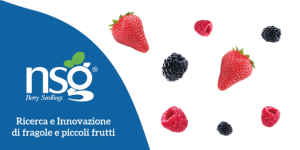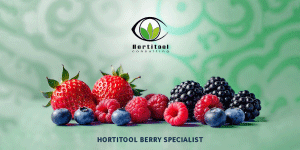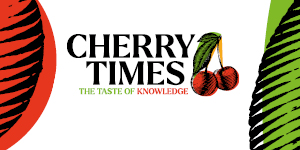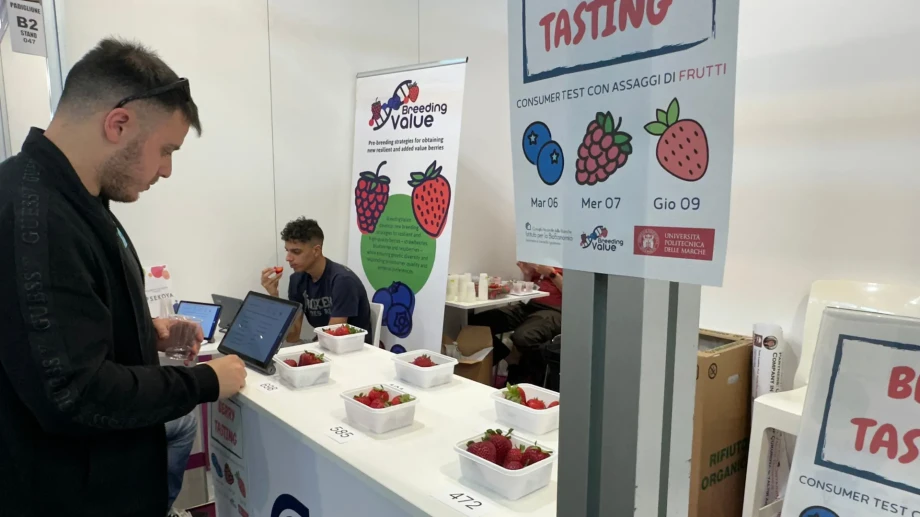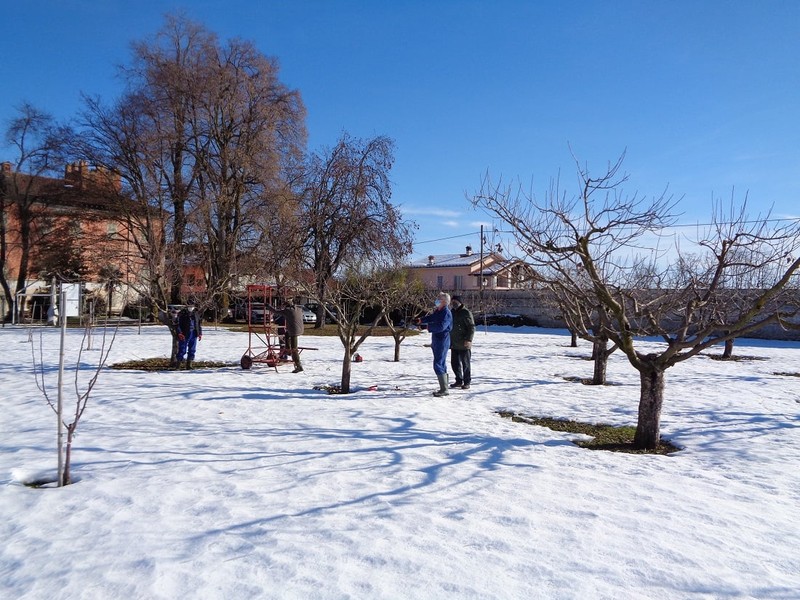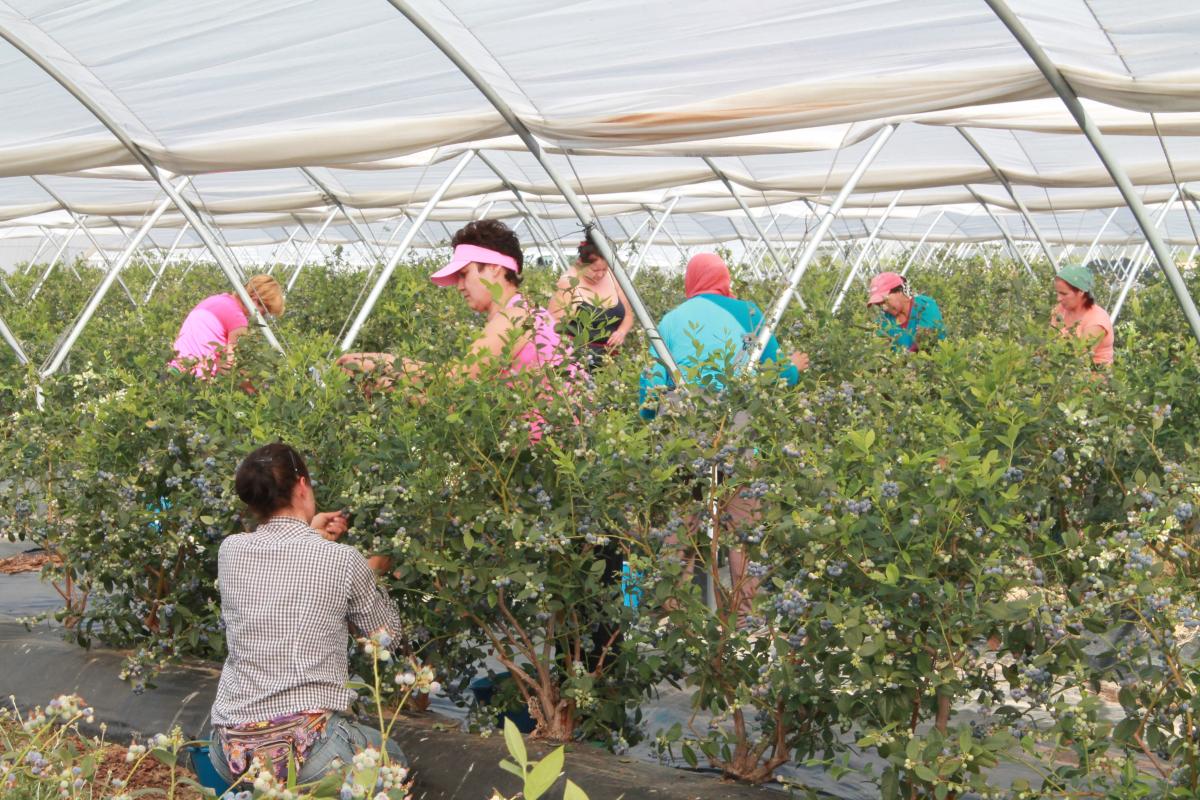During the three days of the Macfrut 2025 trade fair, the Berry Area hosted a consumer sensory test conducted by the National Research Council – Institute for Bioeconomy (CNR-IBE), involving 450 consumers in the evaluation of blueberries, raspberries, and strawberries.
The study, structured according to rigorous scientific standards, explored modern consumer expectations and the attributes that define perceived quality in berries. A total of 1,780 samples were distributed across the three fruit categories, using a method designed to precisely measure the drivers of sensory preference.
An innovative methodology to identify preference drivers
According to Stefano Predieri, researcher at CNR-IBE, "the test used a methodological approach that goes beyond general liking scores, identifying the strengths and weaknesses of each product.”
Each day was dedicated to a different type of fruit:
- Day 1: Blueberries (4 samples)
- Day 2: Raspberries (3 samples)
- Day 3: Strawberries (6 samples)
For each sample, consumers first carried out a taste evaluation: they tasted the product, gave a liking score, and selected perceived sensory attributes from a list of predefined descriptors. Then, they were asked to define the ideal sensory profile by choosing from a list of descriptive attributes.
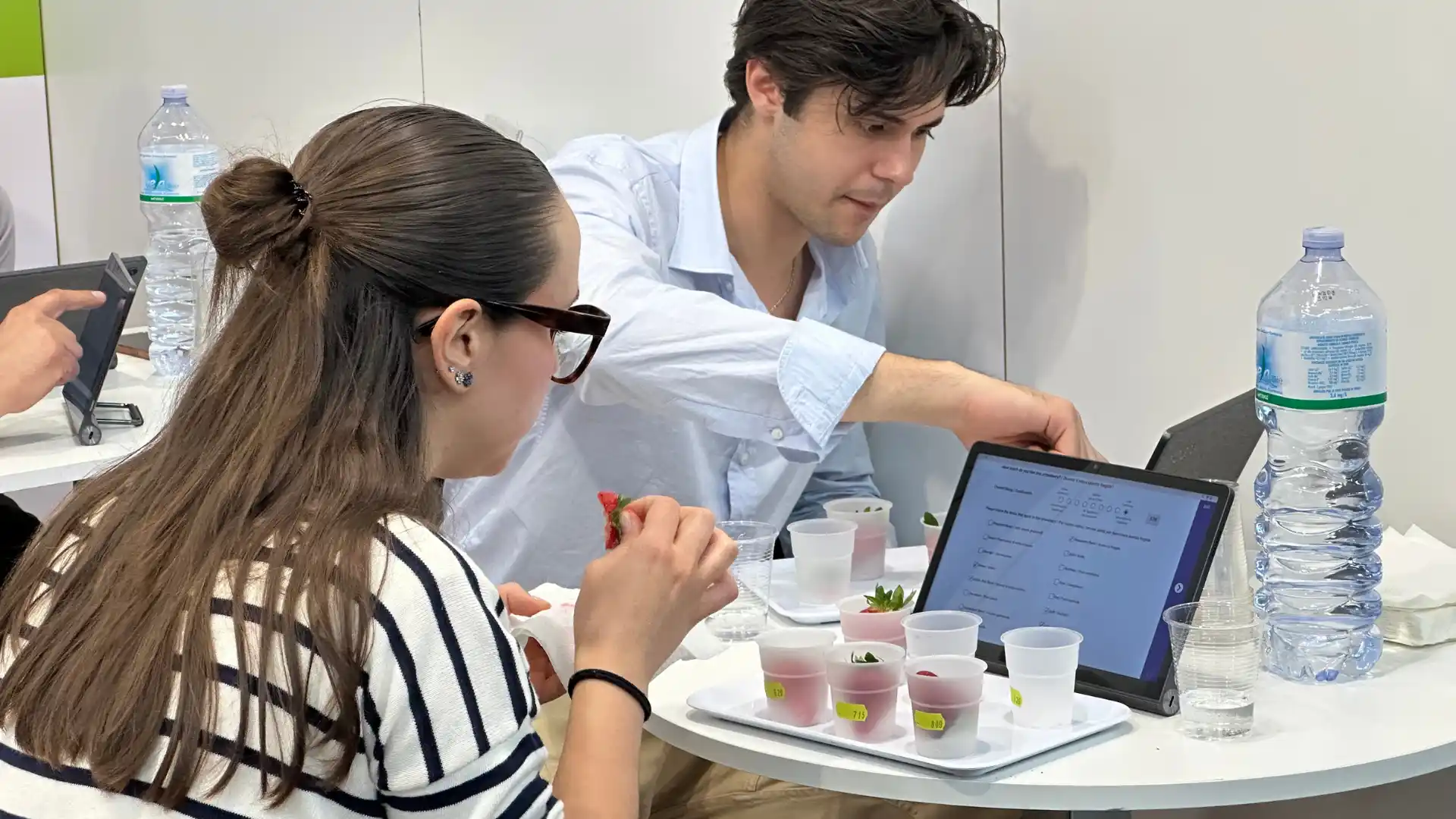
This was followed by a visual evaluation of the samples to understand the influence of aesthetic appeal on overall liking. To avoid bias, different codes were used for the visual and taste assessments. In this stage, participants also selected the visual traits of the ideal product, allowing for a comparison between perception and expectation.
In total, the samples evaluated included:
- 600 blueberry samples
- 580 raspberry samples
- 600 strawberry samples
The participants, equally distributed by gender and aged between 18 and 70 (average 37–40), offered a representative picture of final consumer preferences.
Blueberries: crispness and juiciness at the core of the sensory experience
The blueberry panel included 62% men and 38% women (average age 41). All four samples tested exceeded the acceptability threshold, although one was significantly less appreciated, both in taste and appearance.
The ideal blueberry, as reported by the panelists, should be:
- Crispy (75%)
- Juicy (67%)
- Highly aromatic (over two-thirds)
- Strongly acidic (only 22% preferred this)
- Sweet, provided it's balanced with acidity
According to Predieri, “texture, crispness, juiciness, and aroma are the main drivers of liking.”
However, visual appeal did not always match taste: one visually attractive variety was among the least liked in the tasting.
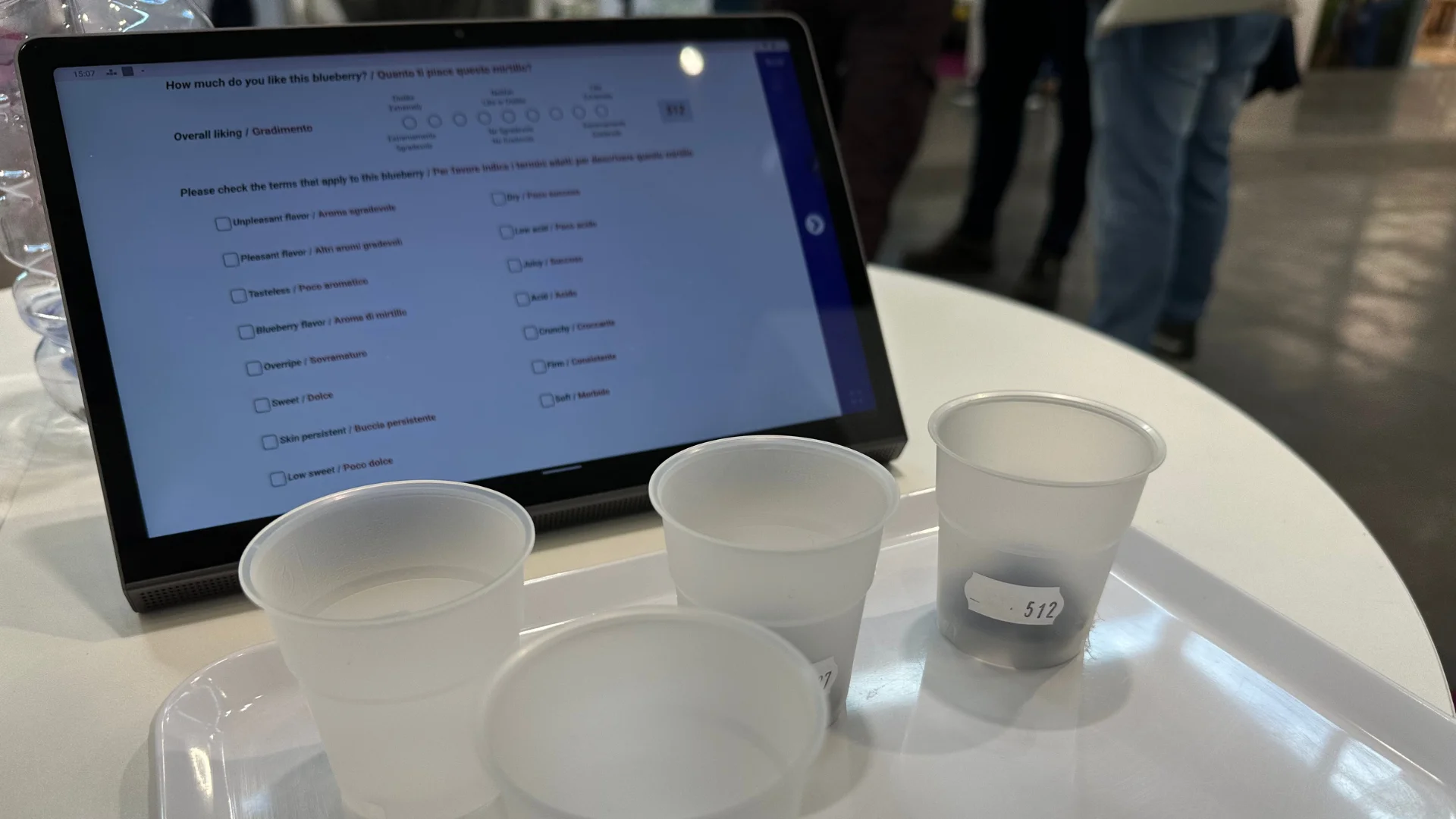
Raspberries: sweetness, juiciness and aroma drive preference
The raspberry test included 49% men and 51% women (average age: 32). The three varieties tested were all acceptable, with two standing out and one scoring moderately. Unlike blueberries, here visual and taste appreciation closely matched, indicating better alignment between appearance and internal quality.
The ideal raspberry should be:
- Sweet (82%)
- Juicy (82%)
- Intensely aromatic (considered essential)
- Low in acidity (only 17% appreciated sourness)
The least appreciated product was penalized for being too acidic and not sweet enough, reinforcing the importance of sweetness, juiciness and aroma for consumer satisfaction.

Strawberries: balance of structure, sweetness and aroma
The third day focused on strawberries, with 58% men and 42% women (average age: 39). All six varieties scored high in visual appeal, showcasing strong breeding results. However, only two varieties achieved high taste ratings, with others scoring average or similar.
The ideal strawberry is imagined as:
- Sweet (92%)
- Aromatic (83%)
- Juicy (80%)
- Firm (57% prefer crispness, only 27% prefer softness)
Predieri noted that “crispness alone is not enough to ensure liking: it must be combined with sweetness and aroma to reach high satisfaction.”
Interestingly, despite a clear ideal profile, around one third of consumers feel the classic strawberry is no longer sufficient. Notably, 20% desire more innovative or exotic aromatic profiles, suggesting a readiness for distinctive, out-of-the-box varieties.

Consumers recognize quality
According to Massimiliano Magli (CNR-IBE), who conducted the data analysis, the results are highly representative of consumer preferences, confirming the validity of the tests thanks to the large and engaged participation at the Berry Area.
“The methodology adopted by CNR-IBE proved extremely effective in generating actionable data for both genetic improvement and commercial positioning. In an increasingly competitive market, understanding what consumers consider 'ideal' is no longer an advantage—it's a strategic necessity.”
For instance, with raspberries, the alignment between visual and taste evaluations shows the positive outcomes of varietal research, successfully delivering consistent varieties that send clear signals to consumers.
The findings offer valuable guidance for all industry stakeholders—from breeding to production, distribution, and marketing—proving that consumer perception of quality is now a key driver for varietal innovation, offer improvement, and market differentiation.
Berry AreaThis article is part of a series dedicated to Berry Area in co-operation with Macfrut 2025. This content is in support of the event which will take place May 6-8, 2025 in Rimini Expo Centre, where the Berry Area stands as a reference point for all those seeking innovative solutions for the production and marketing of berries. 👉 Learn more about the Berry Area at this link. |



